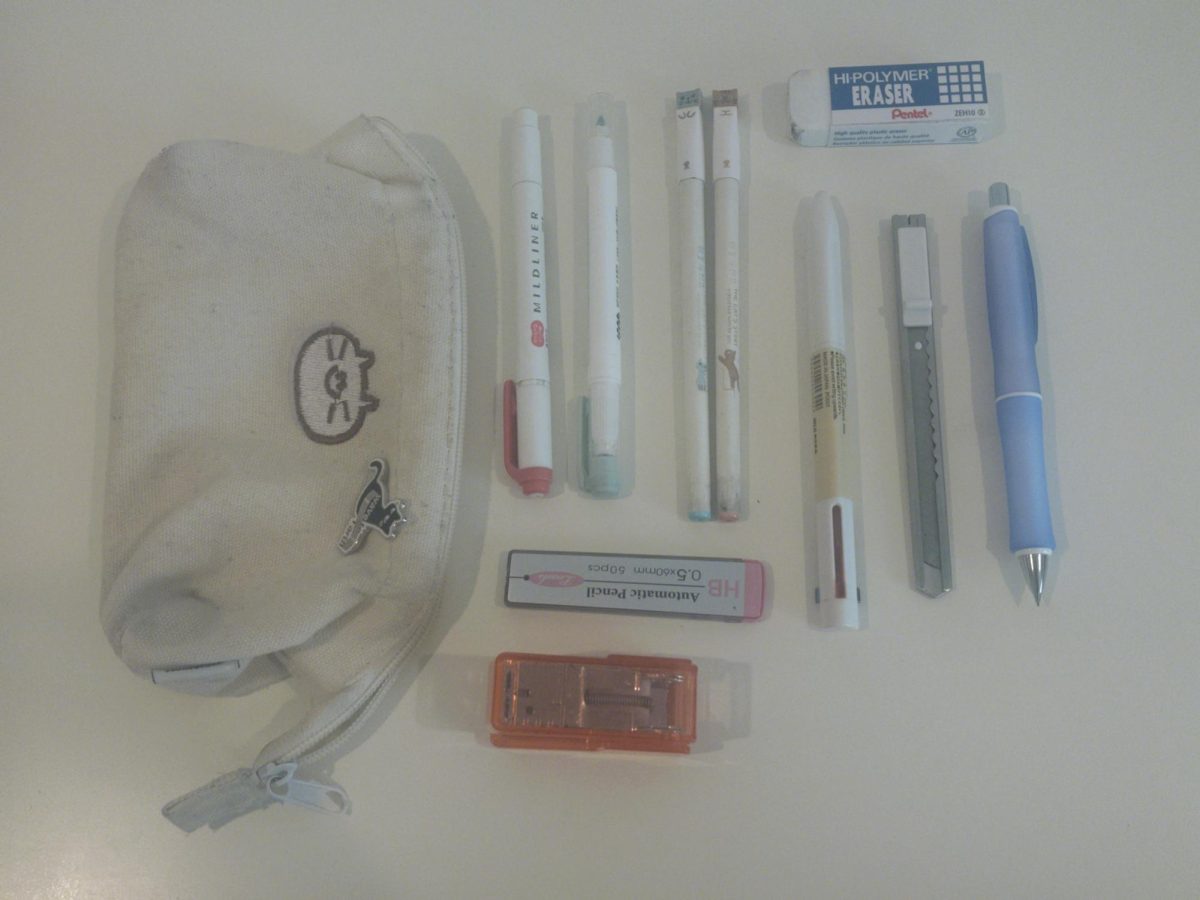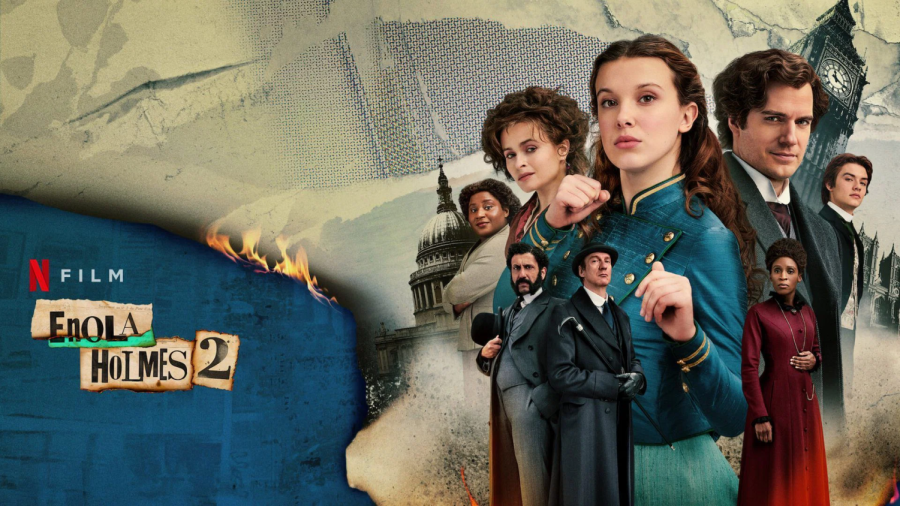Editor’s note: Spoilers ahead.
The hype leading up to the release of “Enola Holmes 2” on Nov. 4 made me excited to see the development of Enola’s character and her relationship with Lord Tewkesbury as a new mystery unraveled.
Even with the pleasing development of the characters and the female empowerment addressed remarkably, watching the sequel left me quite underwhelmed due the crowded plotline and the irritable timings of Enola Holmes breaking the fourth wall.
The movie centers around Enola — played by Millie Bobby Brown — who finds herself involved with yet another missing-persons affair after a young girl working at a match factory shows up to her detective agency needing help in finding her missing sister, Sarah Chapman — played by Hannah Dodd — who works in the match factory during the day and a dance hall at night.
Exploring the working-class world of Victorian London, she ventures undercover at a typhoid-ravaged match factory, suspecting that the disappearance has to do with the corruption at the warehouse.
At the same time, the renowned Sherlock Holmes (Enola’s brother) — played by Henry Cavill — is stuck on his latest case involving money disappearing and reappearing in bank accounts all over London. As Enola dives deeper investigating this puzzling case, she finds her path crossing with her brother and is thrown into an unfamiliar world of wicked factories and music halls filled with deadly conspiracy involving Moriarty.
“Enola Holmes 2” was longer than I wished, playing for just over two hours. The numerous components of the case within the overly busy plot, reminded me of playing a kids Clue game. It feels like the movie undercut the social commentary regarding the issues it attempted to address, like the labor movement, the health crisis in the 1900s and the attack on major corporations and government.
The timing of when Enola breaks the fourth wall was sometimes well-placed, but there were too many moments where it was utterly frustrating.
An instance where Enola breaks the fourth wall and completely ruins the moment is her dance scene with her love interest Tewkesbury — played by Louis Partridge. The tension that builds between every step they take together is infuriatingly torn down when she stares straight into the camera. No matter how charming or witty Enola is, that moment is the absolute worst time to break the fourth wall.
Nevertheless, the development of Enola and Tewksberry’s relationship is satisfying, giving the audience closure toward the end when she FINALLY kisses him during the carriage ride. The movie closes out with them walking the streets of London, showing that being independent doesn’t necessarily mean you have to be alone.
The movie contrasts Sherlock and Enola’s detective capabilities as Sherlock makes most of his deductions in silence using logic and Enola uses her social capabilities and emotions to come to the same conclusions of the wrongdoings at the match factory. Her vulnerability proves that a good sleuth doesn’t need to be emotionless and add depth to her character, making her a memorable protagonist.
The sequel does an excellent job in addressing women’s suffrage as it does in the original, as Millie Bobby Brown remarkably portrays Enola as a fiery feminist and reinforces the empowering message of individuality, independence and equality.
Brown portrays Enola fantastically and the development of the relationships between her, Tewksbury and Sherlock are engaging. Still, the sequel is disappointing in its failure to capture the charm of the original movie, especially because of the social commentary lost within the overcrowded plot. While I still would recommend watching the sequel, it definitely isn’t worth rewatching.




























